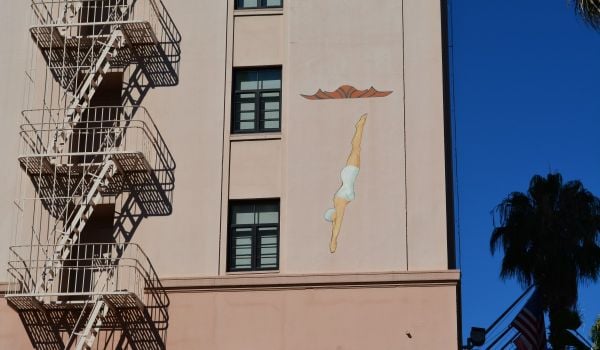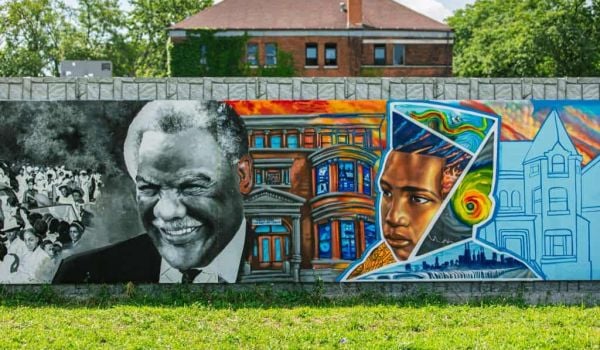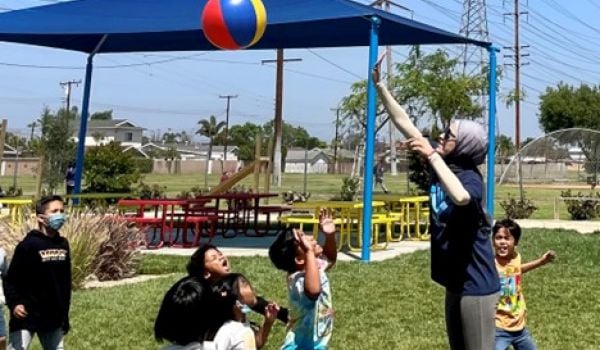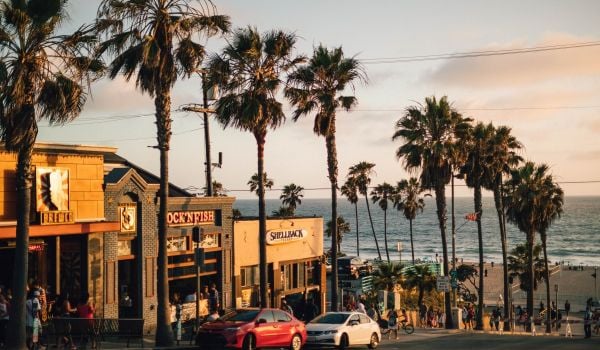Some cities — Denver, San Francisco, Philadelphia — are turning to green roofs as a way to mitigate summer heat. Los Angeles is looking lower and darker — at light gray streets that cool the air around them.
The “cool pavement” is really a reflective, paint-like seal, and on Saturday, it was spread over Jordan Avenue in the West Fernando Valley. It’s part of a pilot program that “officials say could cut public road temperatures, cool the insides of nearby buildings, lessen air pollution and reduce the threat of deaths linked to increasingly hotter heat waves,” according to the Los Angeles Daily News.
The paper reports:
The experiment will soon be duplicated in 14 other council districts before the end of June. If successful, city officials hope to encourage manufacturers to help develop cool pavement that could be incorporated into a multimillion-dollar drive to fix a backlog of L.A.’s failing streets.
As Henry Grabar wrote for Next City in 2015, the 50 largest cities in the U.S. are nearly one degree warmer than their natural environs in a year-round average.
“At night, or at certain times of the year, that disparity grows: Las Vegas in the summer, for example, is on average more than seven degrees warmer than the surrounding desert,” he wrote. “A 2014 report from Climate Central on U.S. cities recorded an incredible maximum urban heat island differential of 27 degrees.”
In Los Angeles, average temperatures have risen 5 degrees (10 in summer) in the past 100 years thanks to the of the heat island effect, according to the Daily News.

Rachel Dovey is an award-winning freelance writer and former USC Annenberg fellow living at the northern tip of California’s Bay Area. She writes about infrastructure, water and climate change and has been published by Bust, Wired, Paste, SF Weekly, the East Bay Express and the North Bay Bohemian
Follow Rachel .(JavaScript must be enabled to view this email address)

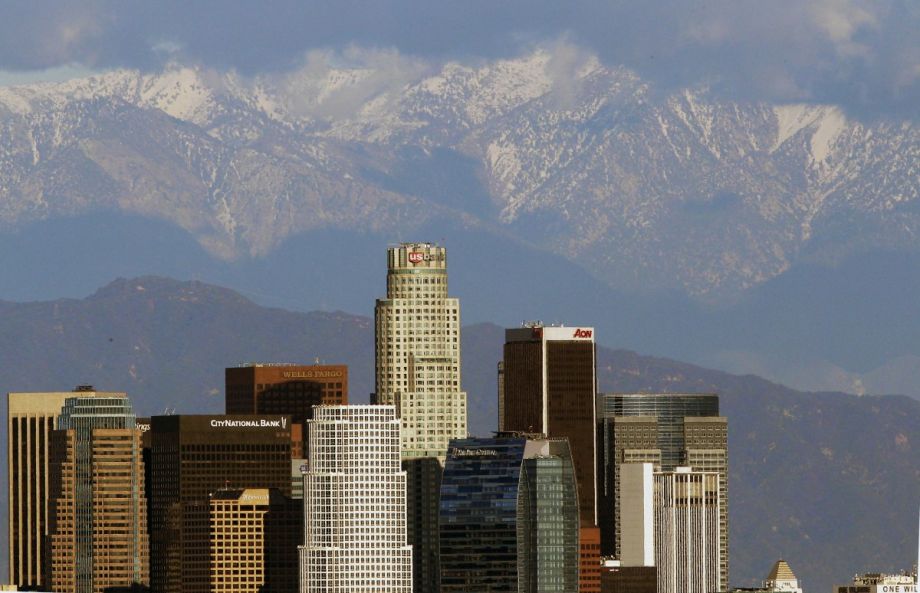
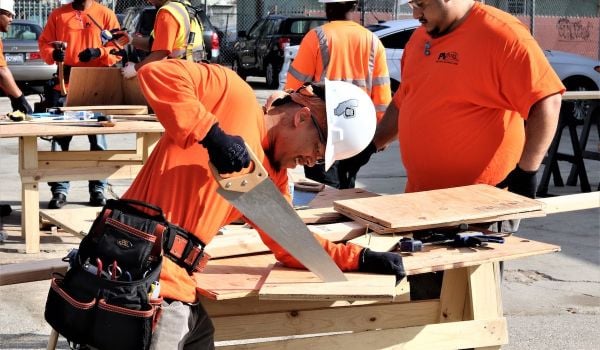
_920_518_600_350_80_s_c1.jpg)
